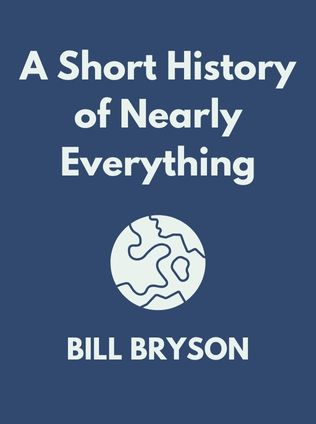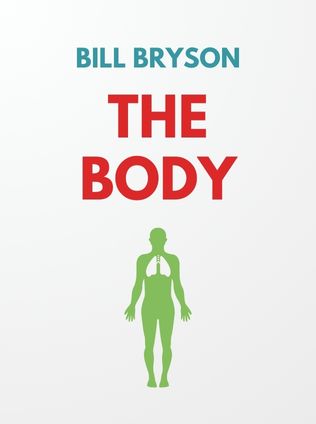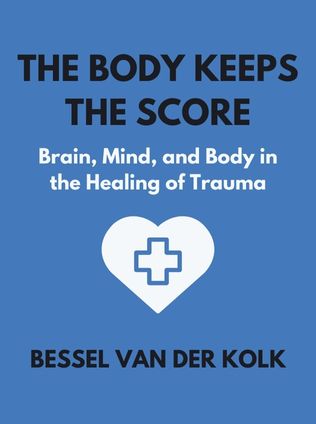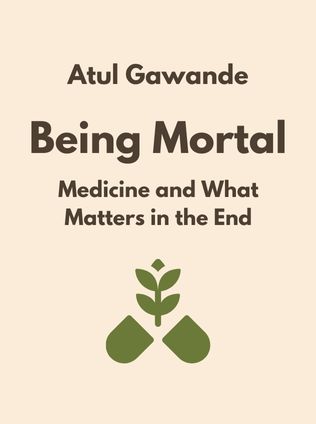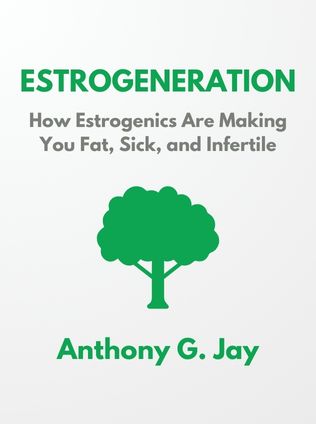
Estrogeneration
How Estrogenics Are Making You Fat, Sick, and Infertile
By Anthony G. Jay
Published 01/2017
About the Author
Dr. Anthony G. Jay is a biochemist with a deep interest in the effects of chemicals on human health. With a Ph.D. in biochemistry from Boston University School of Medicine, where he specialized in fats, hormones, and cholesterol, Dr. Jay has established himself as an expert in the field of hormone disruption. He is the founder and head of AJ Consulting Company, where he provides scientific consulting and personal DNA analysis services. His work, including the book "Estrogeneration," reflects his commitment to uncovering the hidden dangers of synthetic chemicals and their impact on our health.
Main Idea
"Estrogeneration" is a powerful exposé of the hidden dangers lurking in our environment, particularly chemicals that mimic the hormone estrogen, known as estrogenics. These chemicals, which can be found in everyday items like food, water, and personal care products, disrupt the hormonal balance in our bodies, leading to a host of health problems, including obesity, infertility, depression, and even cancer. Dr. Jay's book is a wake-up call to the pervasive nature of these chemicals and offers practical advice on how to avoid them and detoxify our bodies.
Table of Contents
- Introduction to Estrogenics
- The Major Estrogenics and Their Sources
- The Health Impact of Estrogenics
- How to Avoid and Detoxify Estrogenics
Introduction to Estrogenics
Estrogenics are chemicals that mimic estrogen, a hormone naturally produced by the body. Estrogen plays a crucial role in regulating various bodily functions, from reproductive health to mood and metabolism. However, when external chemicals mimic this hormone, they disrupt the natural hormonal balance, leading to severe health consequences. Dr. Jay explains that these estrogenics are not rare—they are ubiquitous, found in our food, water, air, and the products we use daily.
Estrogenics Mimic Natural Hormones
Hormones are the body's messengers, communicating between tissues and organs to regulate essential functions like growth, metabolism, and mood. Estrogen, a steroid hormone, is particularly important for reproductive health but also affects various non-reproductive systems, including bone density, cholesterol levels, and brain function. When chemicals that mimic estrogen enter the body, they can activate estrogen receptors throughout the body, leading to a wide range of health issues.
"Estrogenics are particularly dangerous because estrogen receptors are found all throughout your body—your brain, reproductive organs, muscles, and so on—which means estrogenics can affect nearly every part of your body." - Dr. Anthony G. Jay
The impact of estrogenics is prolonged, with effects lasting from several hours to days. These chemicals do not just affect the individual exposed to them but can also influence the health of future generations through a process known as epigenetics, where environmental factors can modify gene expression without altering the DNA sequence itself.
The Ubiquity of Estrogenics
One of the most alarming aspects of estrogenics is their pervasiveness. They are present in the environment, contaminating our food and water supplies. Estrogenics from herbicides, for example, wash into water bodies and enter the food chain, accumulating in the bodies of animals and eventually humans. This process, known as biomagnification, means that even if you are careful about what you consume, you are likely still exposed to these chemicals.
Sign up for FREE and get access to 1,400+ books summaries.
You May Also Like
The Body Keeps the Score
Brain, Mind, and Body in the Healing of Trauma
By Bessel van der KolkFactfulness
Ten Reasons We're Wrong About the World – and Why Things Are Better Than You Think
By Hans Rosling






